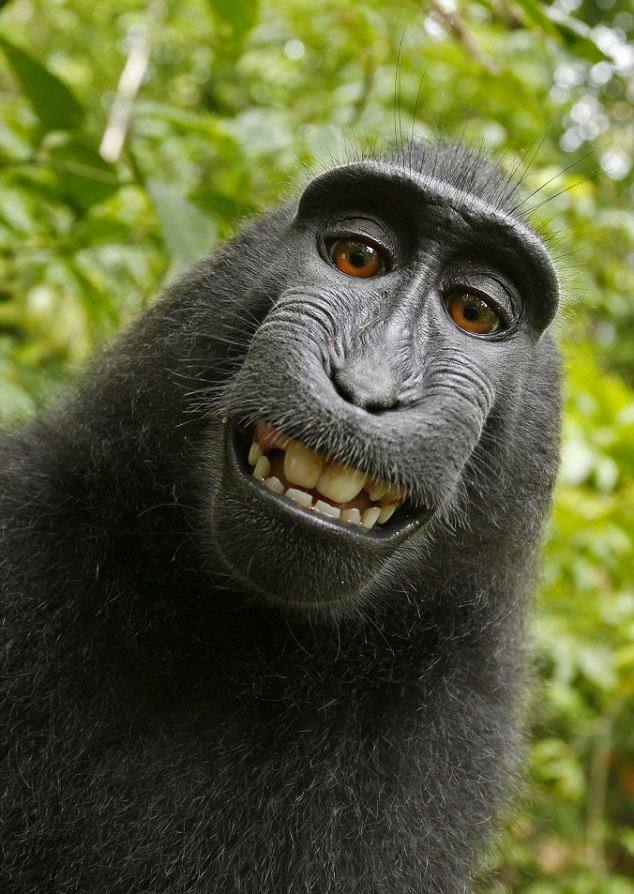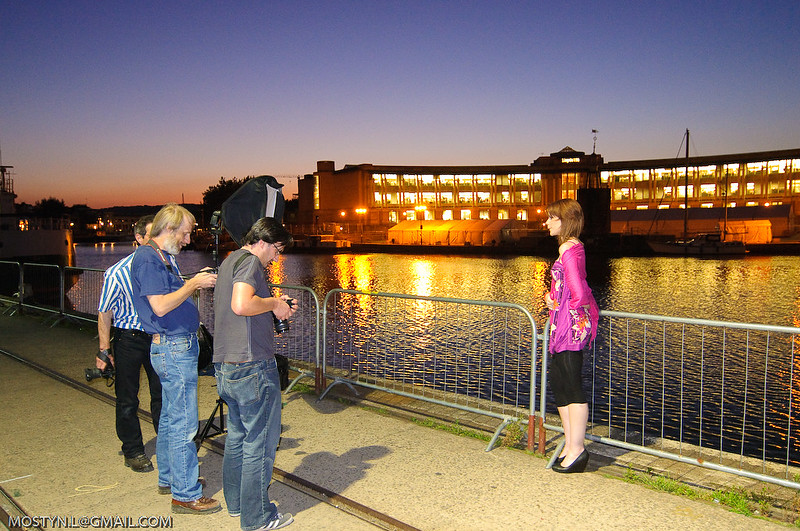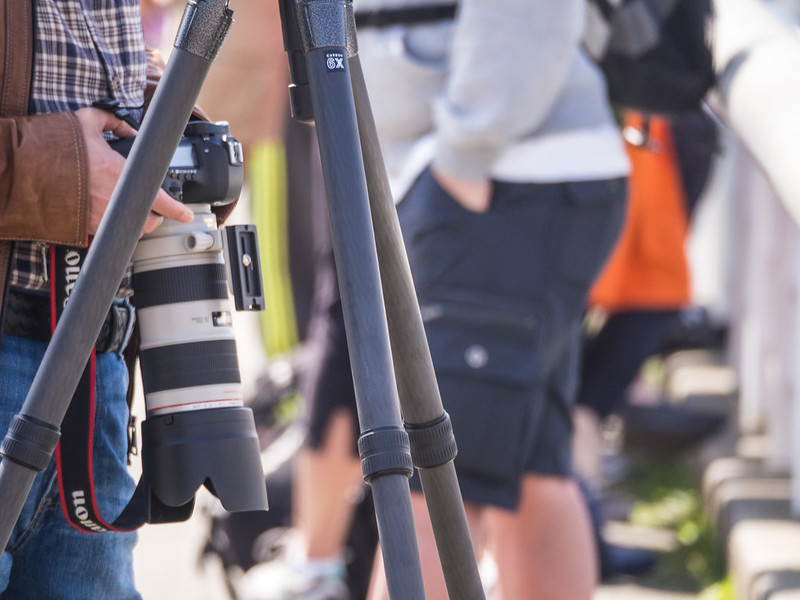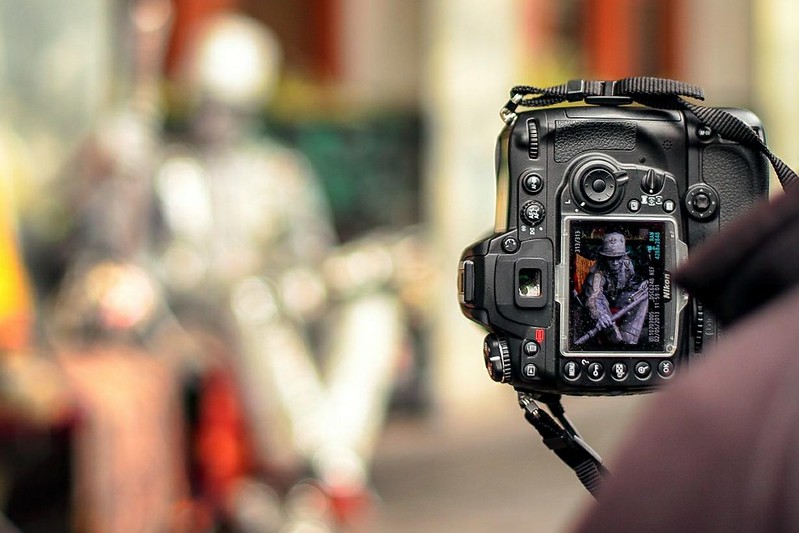When I first started to get serious about digital imaging, back in the early 2000’s, there was one term I heard a lot – chimping. It was and is a bizarre term to denote the constant checking of the camera’s LCD screen directly after exposure. The term was made prominent by USA Today staff photographer Robert Deutsch in a newsletter although he does not claim to have invented it.
Today it has become a somewhat derogatory term used by some “serious” photographers to highlight the naive behaviour of “amateurs” who do not have confidence in their photography. Indeed a quick Google of the term reveals a number of pretentious articles proclaiming why you should never chimp your pictures, most of them suggesting that to do so marks you out as a rank amateur. However, take the time to observe, professional and indeed, real enthusiast photographers you will see that they often chimp their shots and rarely, if ever use it as a derogatory term. Today we will try to take a more balanced view on the pros and cons of chimping your images.

My initial idea of chimping might have been wrong, by J Unrau
The Advantages of Chimping
Firstly, and in particular for newcomers to photography, it can help build your confidence. The single most important aspect of digital photography is that we can review our images instantly, which in turn means that we can see our mistakes as they happen. As we have all learnt to be better photographers from our mistakes, reviewing them on the spot and correcting them in the next shot can accelerate our learning process.
Next, chimping can be very useful in rapidly changing light situations. You may have manually set the camera perfectly for a shot, then not noticed that the light had subtly changed during set up. A quick check of the LCD would reveal that.

Chimping is very helpful in rapidly changing light by rrx_blade
The same is true of macro shots, particularly outside. Whist you may have focused on a particular point, the wind may have changed the position of your subject. Any slight movement can make dramatic changes to focus in macro work.
Another good reason, particularly if you tend to shoot in a run and gun style is that you can quickly confirm your composition. Has that ugly trash can crept into frame or is there someone in the background doing something stupid. Checking constantly in this situation is not a negative thing.

Checking focus in macro situations is vital, by Umberto Salvagnin
The Disadvantages of Chimping
The most obvious and indeed the one most often quoted by “serious” photographers is that you might miss the shot of a lifetime. This is true in fast moving situations but negates the fact that we often are distracted by other things and that most situations are not changing that quickly. However if something is evolving in front of you chimping is not a good idea.

Chimping can lead to missed shots by Roland Tanglao
Another argument is that chimping constantly persuades you that your photographs are better than they actually are. The constant looking at your shots desensitises you to how good or bad they are.
A more practical argument against chimping is simply that fact that your camera’s LCD screen is not very good. Forget the manufacturer’s marketing, the image you are looking at on screen is a low resolution preview being shown on a low resolution screen with little or no calibration. It bears little resemblance to what the final image may look like.

Camera LCDs are just not that good, by Davide Gabino
Another very valid point is the consumption of battery life. The longer your LCD screen remains on, the less time and power that battery can devote to shooting.
Lastly and also highly relevant, is that you might be tempted into deleting shots that on closer inspection are actually very good. Our perception of a shot on small LCD screens can be greatly different from seeing it on a good well calibrated monitor.
The term chimping has become a weapon used by certain elements of the photographic community to suggest superiority over others. In reality this is a fiction in the mind of those that use the term in a bad way. Like virtually all aspects of digital photography, chimping has its advantages and also disadvantages. Never be put off by someone using term on you, rather weigh up the situation in front of you and decide for yourself whether chimping will be a useful thing to do.





3 Comments
I primarily shoot motorsports. I usually don’t have time between shots to chimp, but I tend to review my shots when I do have time so that I can make sure I got certain shots that I wanted to get. With high speed action of motorcycle racing, you really don’t have a lot of time to check to make sure you get what you want as it’s happening, but it really is disappointing at the end of the day to find that the one shot you were really trying for didn’t make it.
I shoot a lot of sports, and in between whistles in hockey or innings in baseball or time outs in football I chimp and delete the shots off the card that are not focused, not framed or otherwise useless. If there is some possibility that a shot is salvageable with cropping etc, I save it – but when you have to go through lots of shots after the game and submit a dozen or so for publication, chimping reduces the pile to sort through later.
The point that you make that most resonates with me is that chimping can lead to the desensitization of our ability to determine how good or bad the shots are. That might really deter my chimping behavior! I rarely delete in-camera for exactly the reason you stated. I do tend to look at the playback screen for the short time it flashes on. I have a histogram on it and that gives me valuable information. Thoughtful article, Jason.